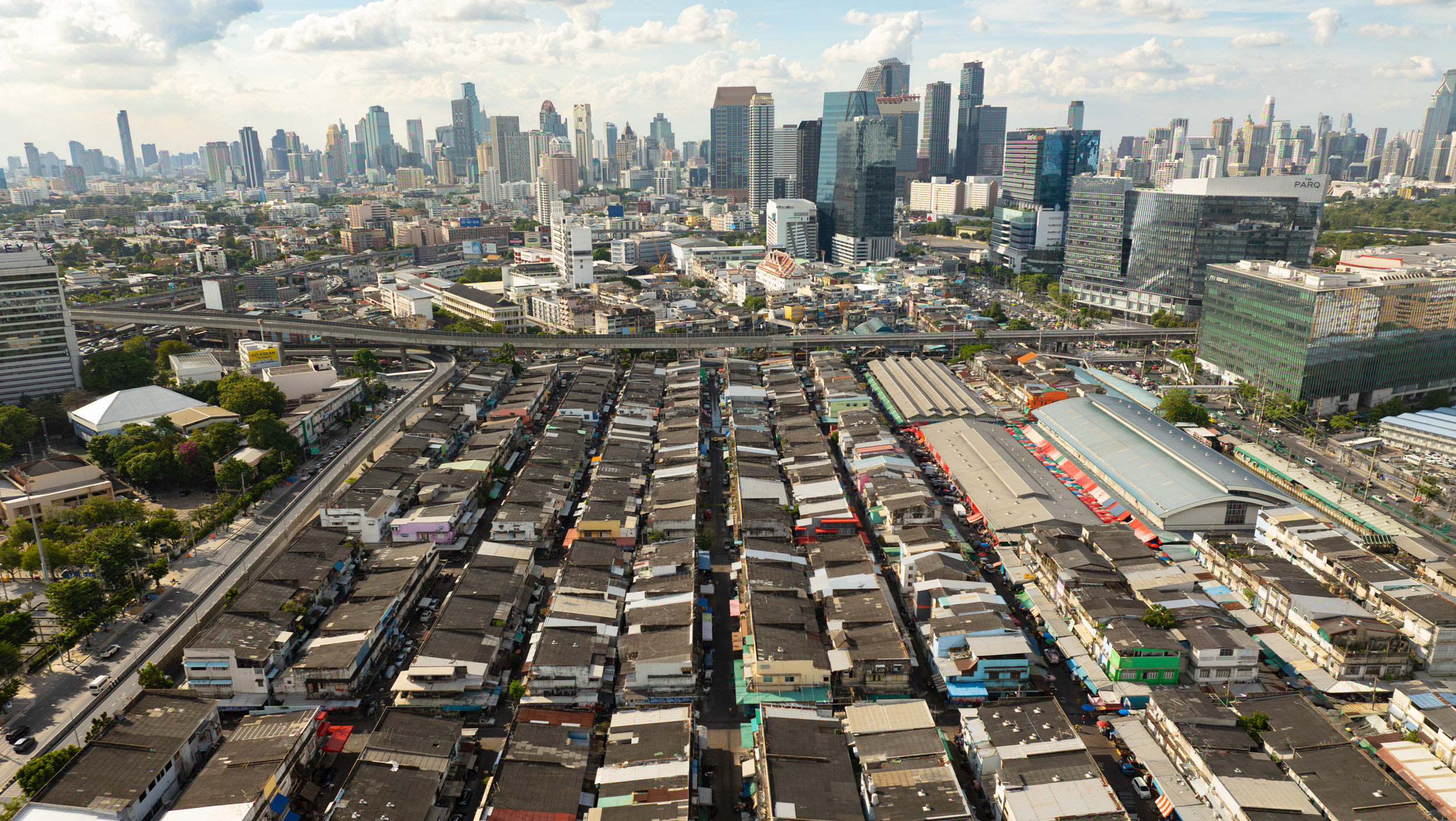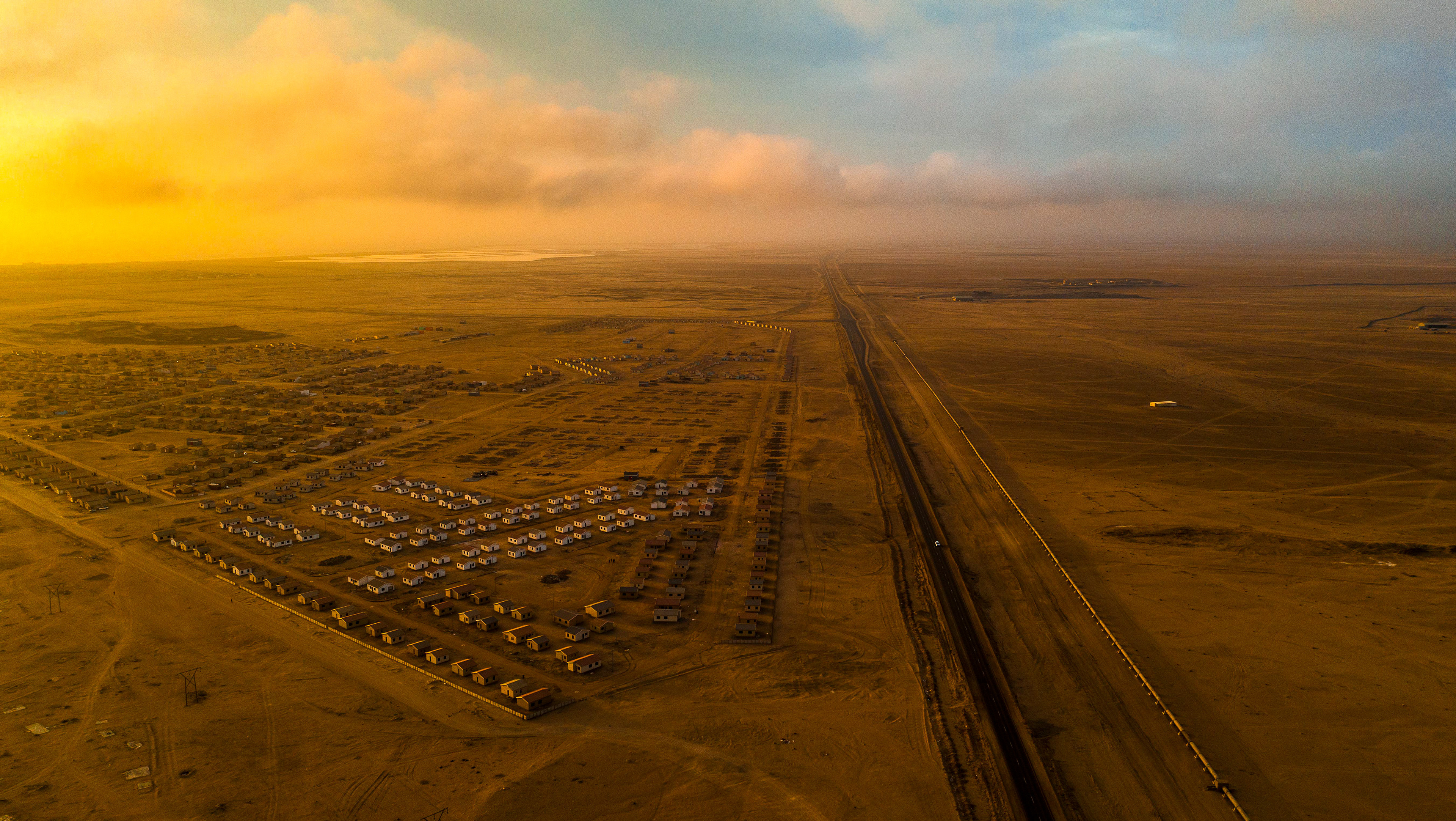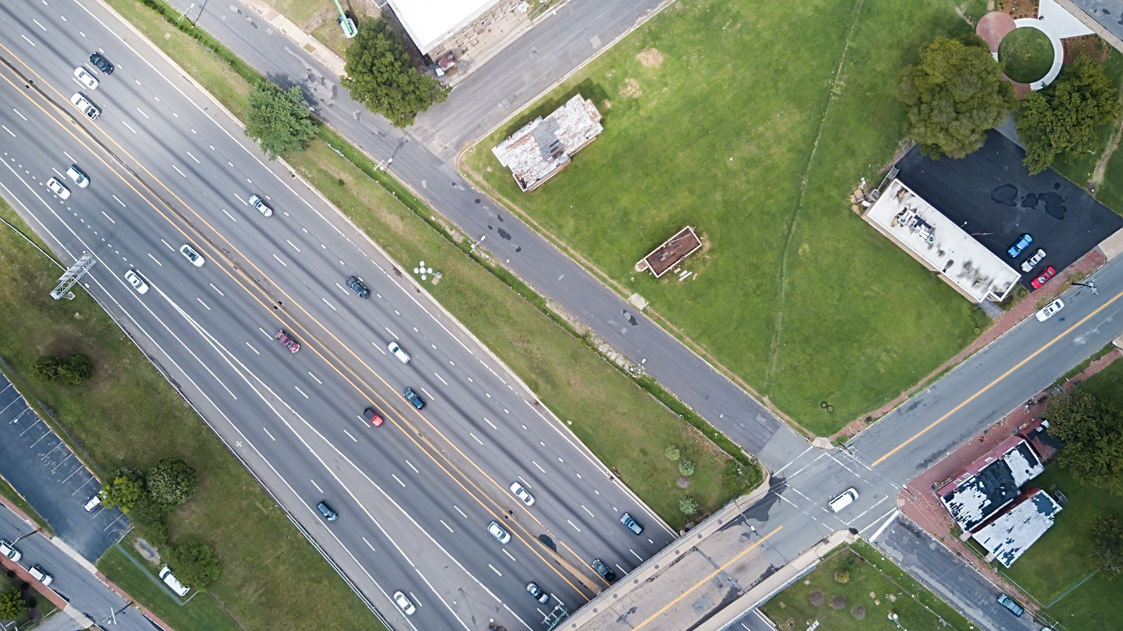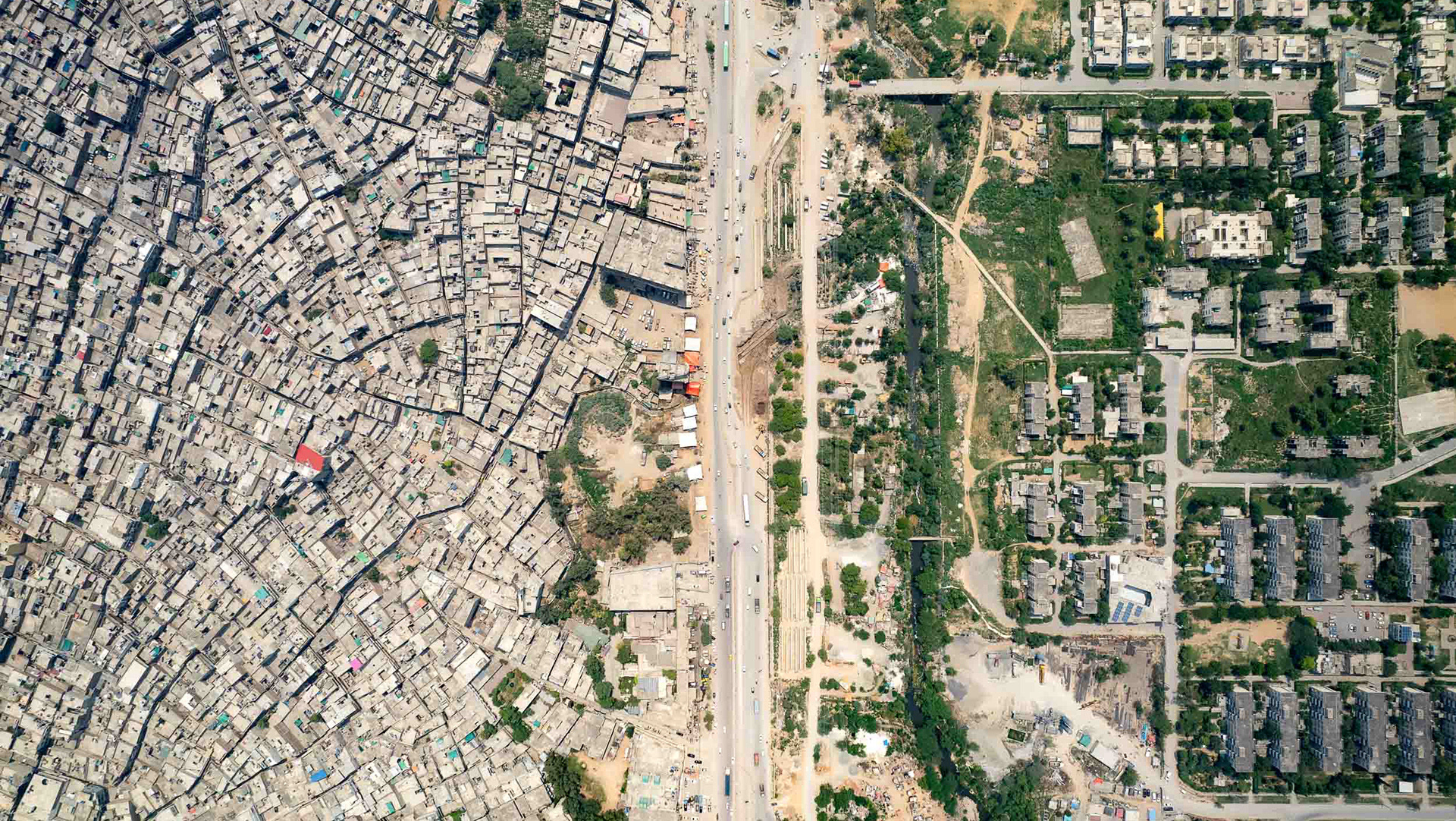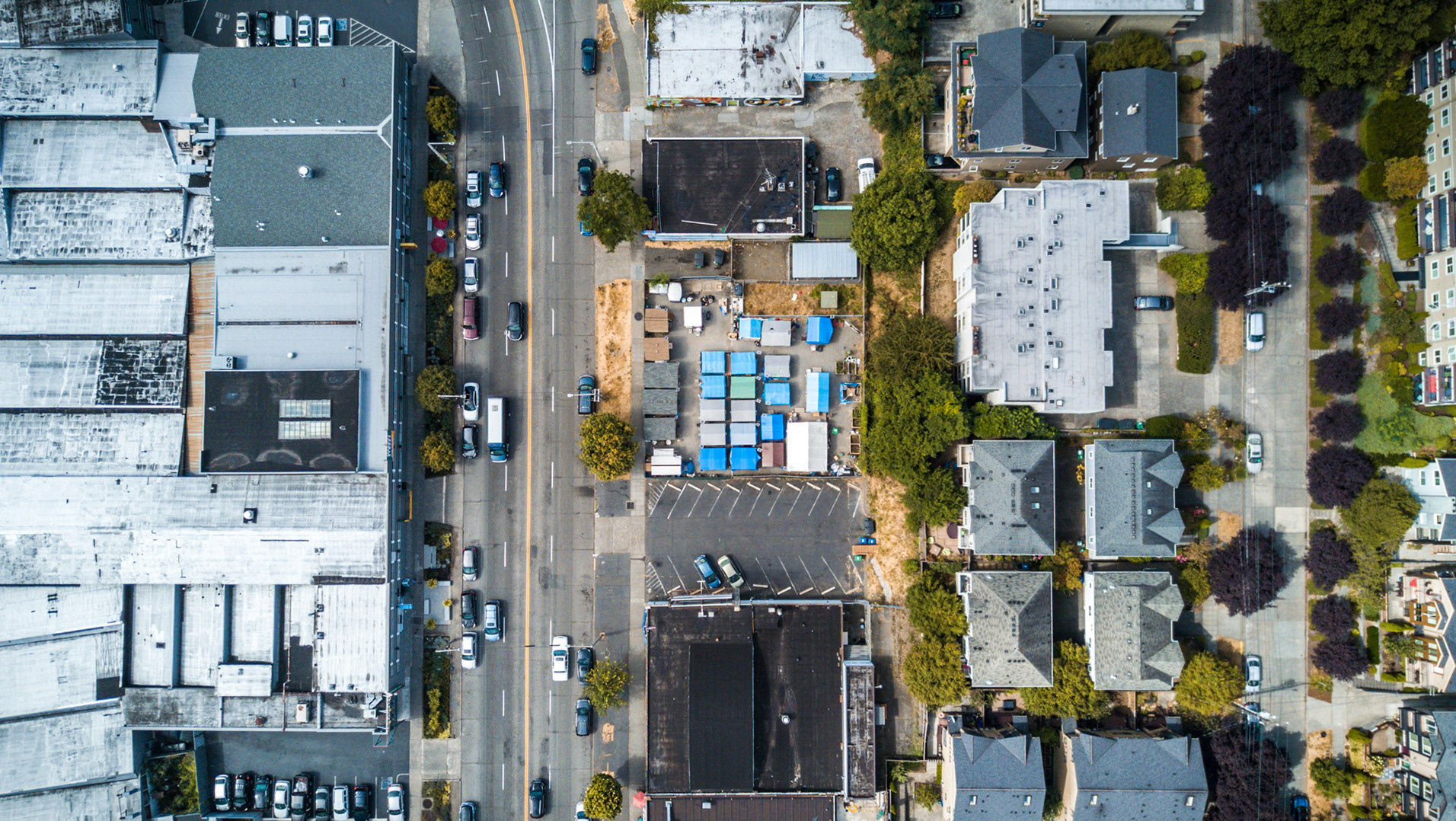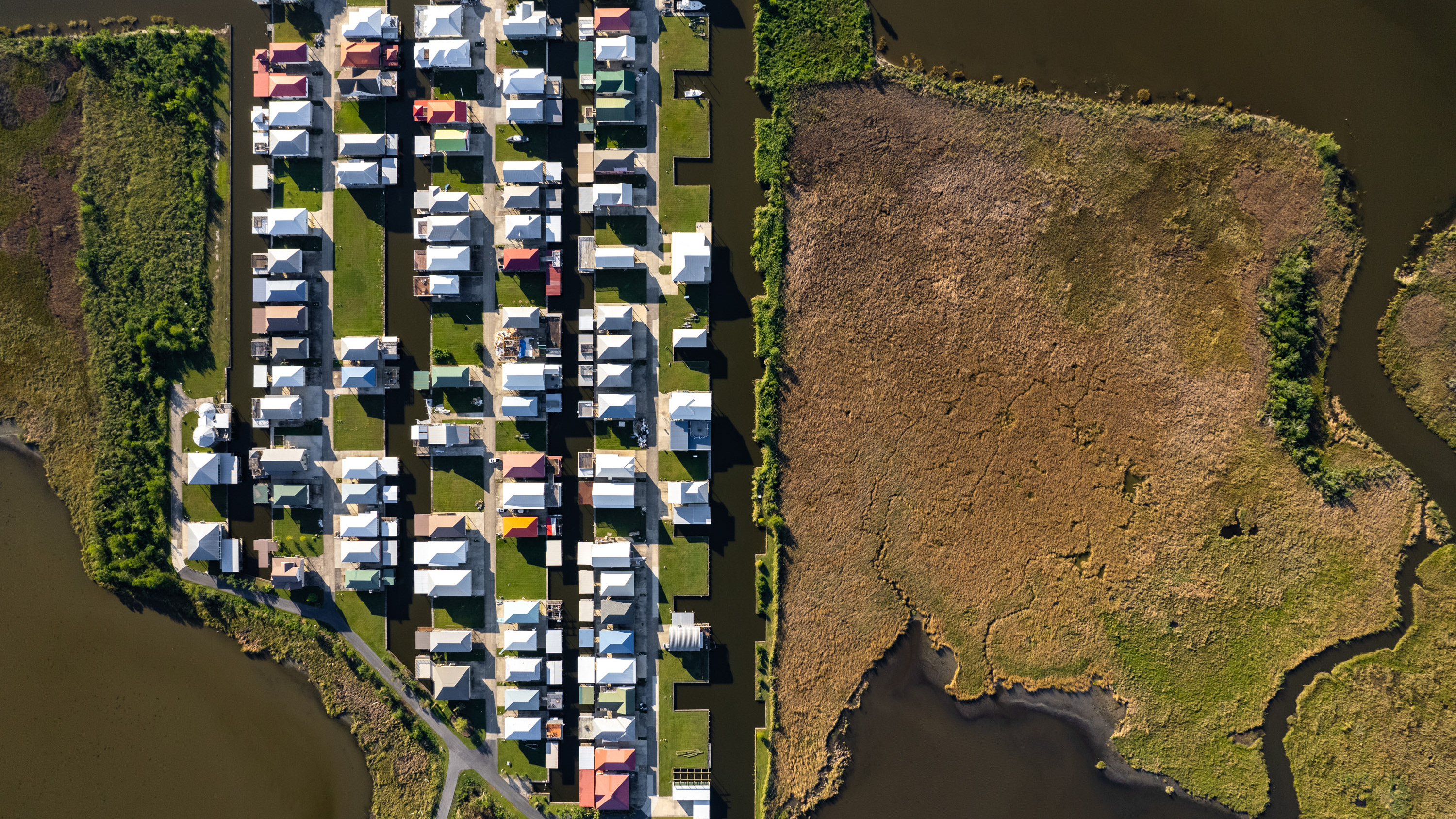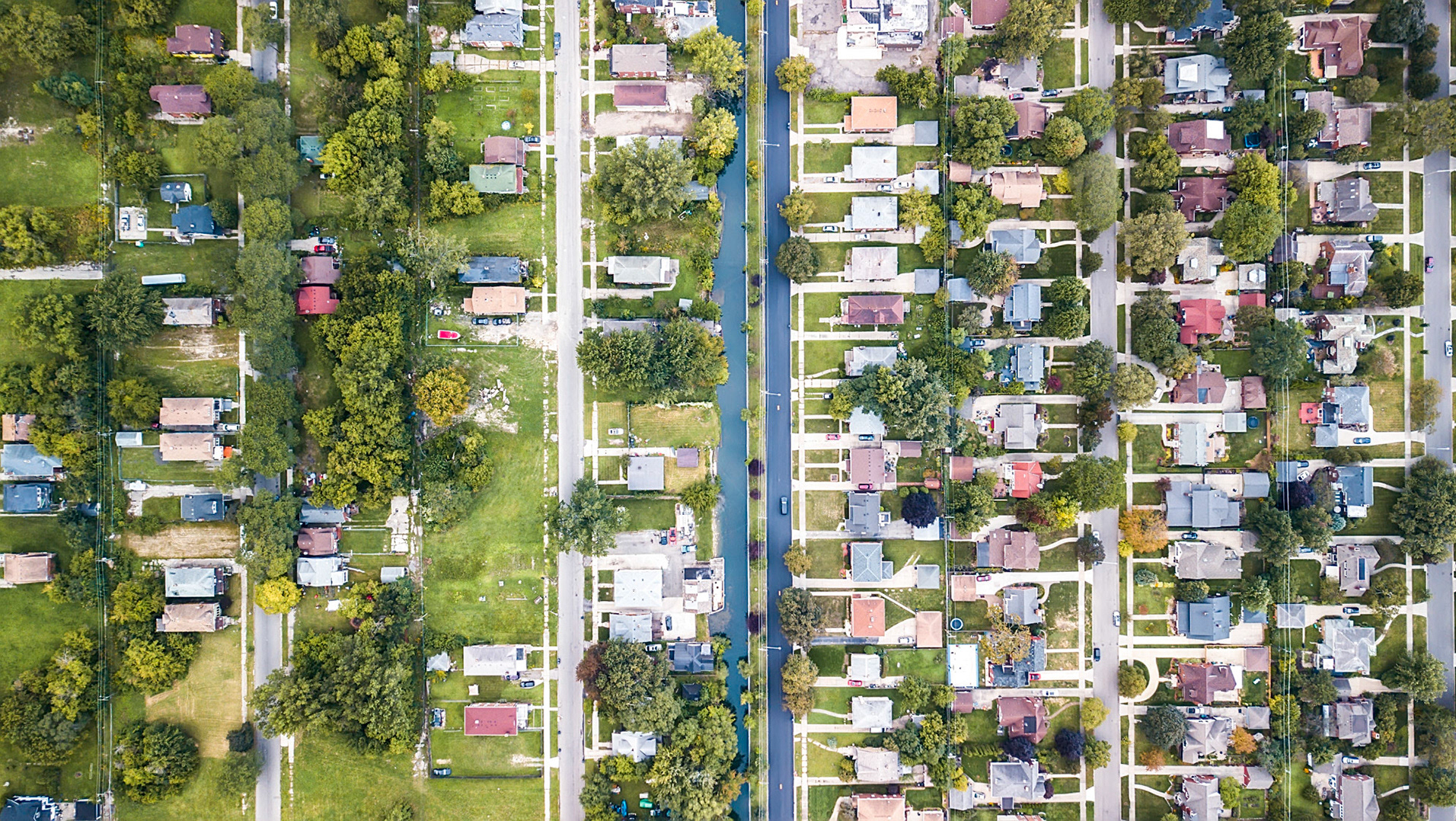Vehicles drive by a pawn shop gutted in the unrest following the murder of George Floyd.
The memorial to George Floyd at the site of his murder is officially a police "no-go" zone.
Several blocks to the west, kayakers and paddelboarders relax on the waters of Bde Maka Ska.
The University of Minnesota project Mapping Prejudice located hundreds of racially exclusive housing covenants in the Minneapolis area. The red areas above were almost impossible for non-whites to move, leading to decades of neglect and disinvestment in areas closer to downtown. Moreover, interstate highways built in the 1960s further decimated historically black neighborhoods such as Near North.
The historic black neighborhood of Near North has been the center of black Minneapolis for decades. A decision to route I-94 through the neighborhood essentially sealed it off from downtown and the Mississippi River.
The historic black neighborhood of Rondo in St. Paul was also split in half in the 1960s, when I-94 was built through the middle of that neighborhood. The decision to build the interstate there, and not along the railways slightly to the north, still angers residents.
The Rondo neighborhood today, split by I-94.
Dozens of homeless people in tents, many of them displaced by the unrest following the murder of George Floyd, were allowed to stay in city parks. This photo was taken in Powderhorn Park on July 18, 2020.
This photo was taken on July 21, 2020, after the Minneapolis Parks and Recreation Board decided to reduce the number of campers allowed at city parks and remove all campers from this site, called Powderhorn east.
Businesses lay in ruins at the intersection of Lake St and Minnehaha Ave, where the abandoned 3rd police precinct still stands. Sadly, many of the destroyed businesses serve the very communities which have been oppressed, creating a media spectacle leaving the cause of racial justice ambiguously advanced.
The Near North neighborhood has been historically a black community for over 100 years. Various civic projects designed to uplift and marginalize the population under the guise of "Development" (I don't have the scope to explain each in detail here, but this website is a good start for information) have been completed and some are still ongoing (see construction here).
This development was Minneapolis' first public housing project (called Sumner Field) until the early 2000s, when it was razed to become "Heritage Park". Today, a light rail project is mooted to travel along the southern boundary of Heritage Park (visible in the upper right).
Heritage Park, in the Near North neighborhood, one of Minneapolis' most historic black areas.
Bike paths and gleaming new sports arenas belie the many problems that face Minneapolis. The inequality and the racism found here are found in all American cities. The solution will take clear economic and social policy choices and many decades to overcome.

